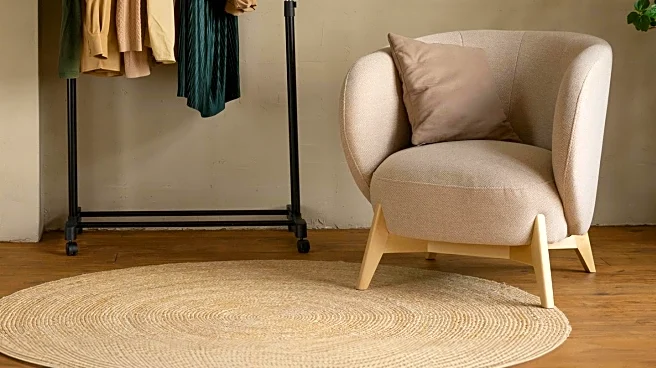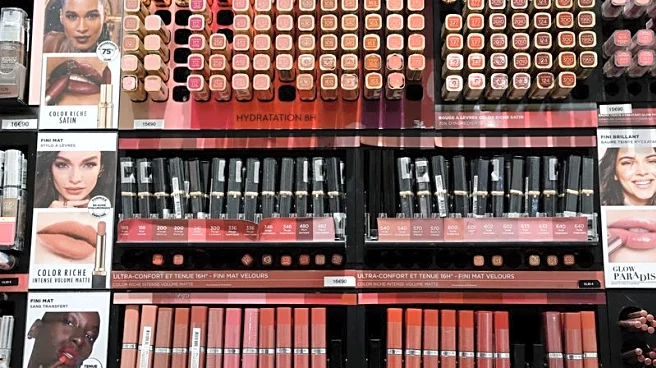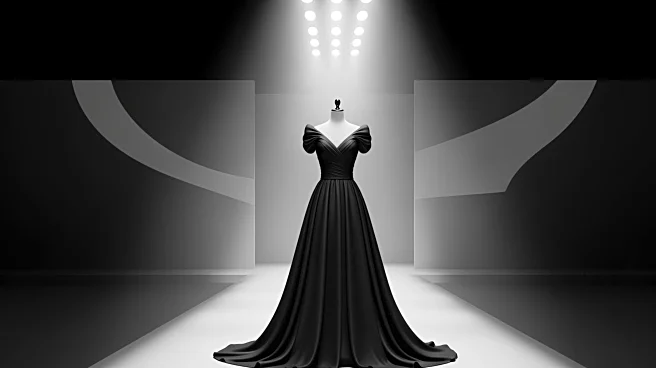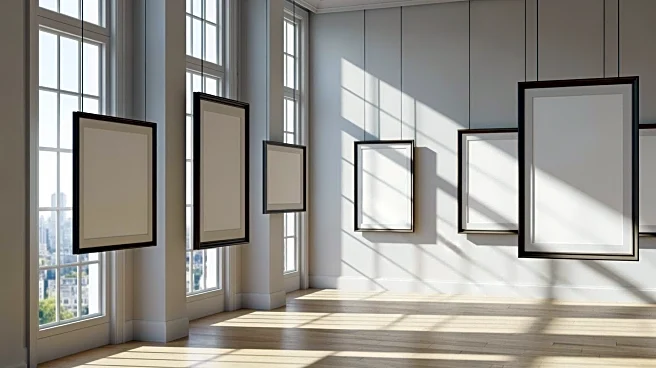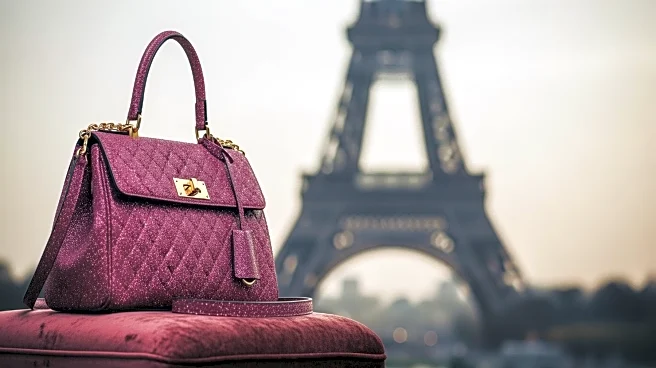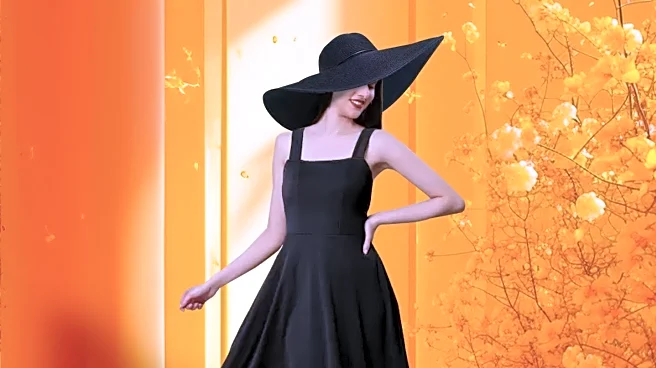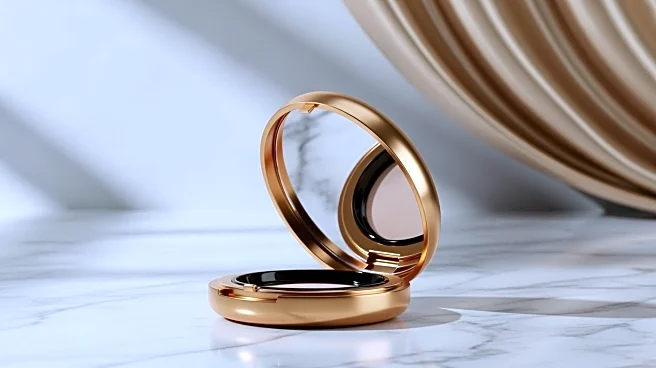What's Happening?
In the fashion world, minimalism is gaining attention as a counterbalance to the prevailing maximalist trends. Designer Matthieu Blazy's debut collection for Chanel, characterized by simplicity and structure,
has been well-received. This trend is reflected in the art world as well, with a major exhibition on minimal art at the Pinault Collection in Paris. The exhibition showcases works that emphasize the physical interaction between the viewer and the art piece. This minimalist approach contrasts with the maximalist strategies of other luxury brands, such as Balenciaga under designer Demna, who has been appointed creative director of Gucci.
Why It's Important?
The resurgence of minimalism in fashion and art highlights a shift towards simplicity and mindfulness in consumer preferences. This trend may influence the strategies of luxury brands, prompting them to balance spectacle with subtlety. Minimalism's emphasis on structure and interaction could lead to more sustainable and thoughtful design practices. For consumers, this shift offers an alternative to the fast-paced, visually overwhelming trends that dominate the market. Brands that successfully integrate minimalism may attract a discerning audience seeking quality and timelessness over transient trends.
Beyond the Headlines
The minimalist trend in fashion and art reflects broader cultural and economic shifts. In times of uncertainty and austerity, consumers may gravitate towards simplicity and durability. This trend also raises questions about the role of fashion and art in society, challenging the notion that luxury must be ostentatious. As brands navigate these changes, they may need to reconsider their marketing strategies and product offerings to align with evolving consumer values. The emphasis on minimalism could also influence the development of new materials and technologies that support sustainable practices.
